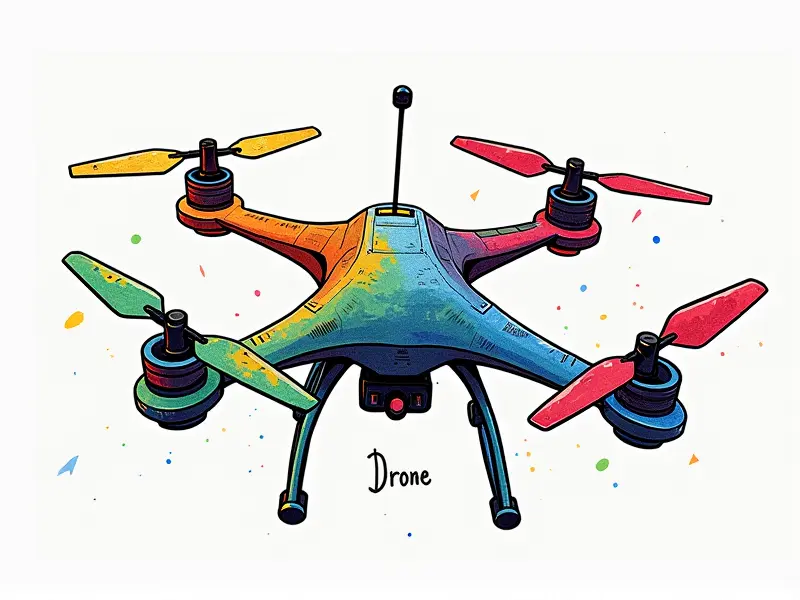Can Syma drone fly inside?

Can Syma Drones Fly Indoors Safely?
Syma drones are popular among hobbyists and enthusiasts for their affordability and ease of use. However, one common question that arises is whether these drones can be flown indoors safely. The answer depends on several factors including the model of your drone, indoor environment, and flying skills.
Is Your Syma Drone Suitable for Indoor Use?
Not all Syma drones are designed equally for indoor use. Models like the Syma X5C-1 and X8G have features that make them more suitable for indoor flight compared to others. These models typically feature better maneuverability, stability, and obstacle avoidance capabilities.
Tips for Flying Syma Drones Indoors
- Choose the Right Model: Opt for a model with good indoor performance features such as GPS or advanced sensors.
- Clear Space: Ensure there is ample space to fly without hitting walls, furniture, or other obstacles.
- Lighting Conditions: Good lighting helps in better visibility and control of the drone during flight.
- Battery Management: Keep an eye on battery levels to avoid unexpected landings due to low power.
Best Indoor Environments for Syma Drones
Flying indoors requires a suitable environment. Large, open spaces like gymnasiums or spacious living rooms are ideal. Avoid areas with high ceilings and sharp corners that can pose risks during flight.
Syma Drone Performance Inside vs. Outside
Indoor flying presents unique challenges compared to outdoor flights. Indoors, drones face issues such as limited space, reduced wind resistance, and potential interference from electronic devices. However, the lack of wind and weather elements can make indoor flight more stable.
Syma Drone Safety for Indoor Flight
Ensuring safety is paramount when flying Syma drones indoors. Use protective gear like goggles to prevent eye injuries from propellers. Additionally, avoid flying near people or pets to minimize the risk of accidents.
Can Syma Drones Maneuver in Small Spaces?
Syma drones are generally adept at maneuvering in small spaces due to their compact size and agility. However, smaller models may struggle with stability in tight corners compared to larger ones designed for indoor use.
Syma Drone Performance Compared: Indoor vs Outdoor
- Stability: Indoors, drones tend to be more stable due to the absence of wind and weather conditions.
- Battery Life: Indoor flights generally consume less battery power compared to outdoor flights where wind resistance is higher.
- Control: Better control over the drone indoors as there are fewer external factors affecting flight stability.
Syma Drone Indoor Flight Capabilities Explained
The indoor flight capabilities of Syma drones vary based on their design and features. Models like the X5C-1 have enhanced maneuverability, making them ideal for tight spaces and complex maneuvers indoors.
Indoor Challenges for Syma Drone Flyers
- Obstacle Avoidance: Indoors, drones need to navigate around furniture and other obstacles effectively.
- Battery Consumption: Frequent takeoffs and landings can quickly drain the battery indoors due to limited space for efficient flight paths.
- Noise Levels: Indoor environments are more sensitive to noise, so quieter drones may be preferred.
Syma Drones: Ideal for Indoor Use?
While Syma drones can be flown indoors with the right precautions and suitable models, they are not universally ideal for indoor use. Models designed specifically for indoor flight offer better performance and safety features compared to those intended primarily for outdoor use.
Conclusion
Flying Syma drones indoors is possible but requires careful consideration of the drone model, environment, and flying conditions. By choosing the right model and adhering to best practices, you can enjoy safe and enjoyable indoor flights with your Syma drone.

